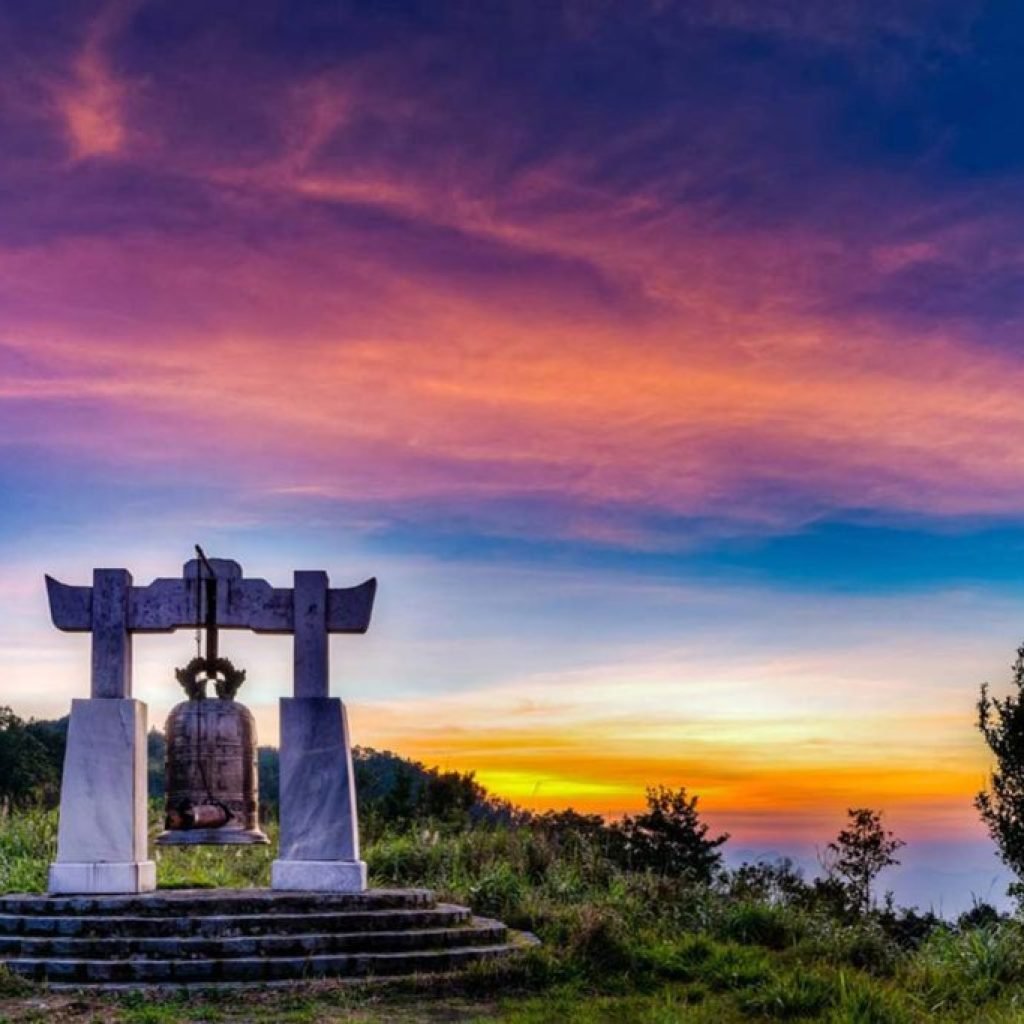
Welcome to Bach Ma National Park, a hidden gem nestled in the lush mountains of central Vietnam. With its diverse ecosystems, breathtaking landscapes, and abundant wildlife, Bach Ma National Park offers an unforgettable adventure for nature enthusiasts. Join us as we take you on a travel guide-style journey through the park, highlighting its stunning trails, scenic viewpoints, and practical tips for an immersive experience.
Situated in Thua Thien Hue Province, Bach Ma National Park is approximately 40 kilometers south of the city of Hue. Covering an area of over 37,000 hectares, the park stretches from the coast to the Annamite Mountains, offering a range of habitats and elevations. The pristine forests, cascading waterfalls, and panoramic vistas make it a haven for outdoor enthusiasts and eco-travelers.
Bach Ma National Park features an extensive network of trails, providing opportunities for hiking enthusiasts of all levels. The park offers various trail options, including the popular Do Quyen Waterfall trail, a 5-kilometer hike that leads to a mesmerizing waterfall surrounded by vibrant rhododendron flowers. For more adventurous hikers, the trek to the peak of Bach Ma Mountain offers panoramic views of the park and the coastal plains beyond.
Make your way to Hai Vong Dai, the park’s iconic observation tower located at an elevation of 1,450 meters. From this vantage point, you’ll be rewarded with breathtaking panoramic views of the surrounding mountains, forests, and coastline. On clear days, you can even catch a glimpse of the sparkling waters of the East Sea. Be sure to bring your camera to capture the awe-inspiring vistas.
Bach Ma National Park is renowned for its rich biodiversity, housing a wide range of flora and fauna. The park is home to over 1,400 plant species, including rare orchids and towering trees. Wildlife enthusiasts can spot diverse species, including langurs, macaques, and various bird species. Lucky visitors may even encounter the elusive Truong Son muntjac, a rare deer species endemic to the region.
Cool off and rejuvenate in the tranquil Five Lakes, a series of cascading waterfalls and natural pools located within the park. These picturesque cascades offer a refreshing retreat, ideal for swimming and relaxation. The hike to reach the lakes is an adventure in itself, as you’ll traverse through lush forests and across small streams.
• Visitor Center: Start your journey at the Bach Ma National Park Visitor Center, where you can obtain maps, information, and guidance for your visit. The center also provides insights into the park’s biodiversity and conservation efforts.
• Weather and Clothing: The weather in Bach Ma National Park can be unpredictable, so it’s advisable to wear layered clothing and bring rain gear. Comfortable hiking shoes are essential for exploring the trails.
• Safety: While hiking, stay on designated trails, follow park regulations, and be cautious of slippery surfaces. It’s recommended to hike with a guide, especially for more challenging routes.
• Wildlife Viewing: To increase your chances of spotting wildlife, visit the park during early morning or late afternoon when animals are most active. Keep a respectful distance and avoid feeding or disturbing the wildlife.
• Picnic Areas and Facilities: The park offers picnic areas with basic facilities, so consider bringing snacks or a packed lunch to enjoy amidst the park’s natural beauty.
Bach Ma National Park is a nature lover’s paradise, offering an array of trails, breathtaking viewpoints, and abundant wildlife. From exploring the cascading waterfalls to hiking through lush forests, every step reveals the park’s natural splendor. Immerse yourself in the pristine beauty of Bach Ma National Park, and let its diverse ecosystems and stunning landscapes leave an indelible impression on your journey through central Vietnam.
Subscribe to see secret deals prices drop the moment you sign up!
